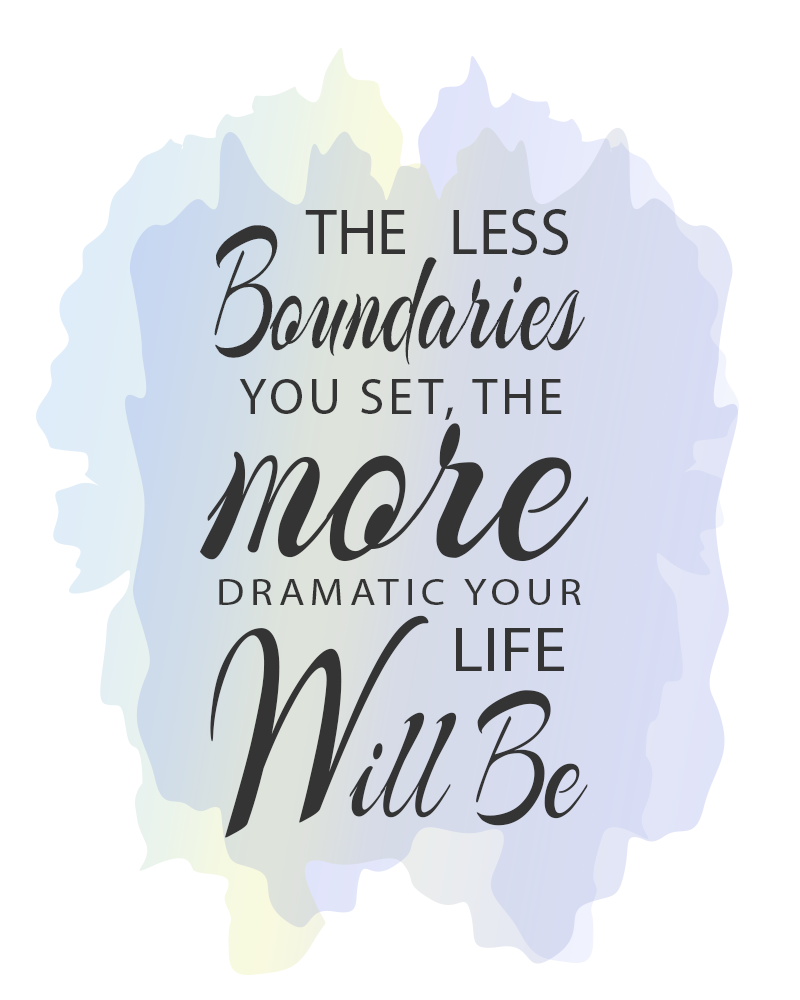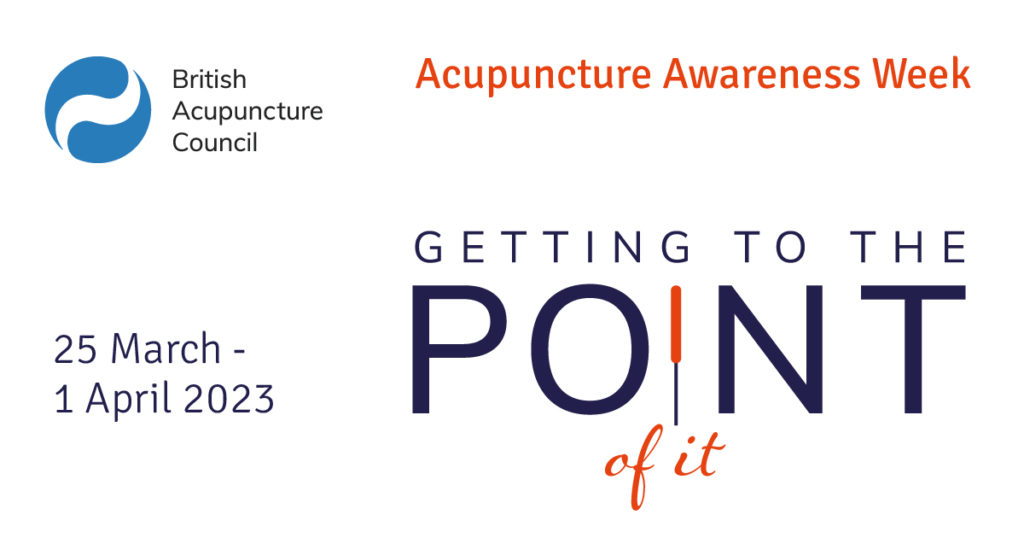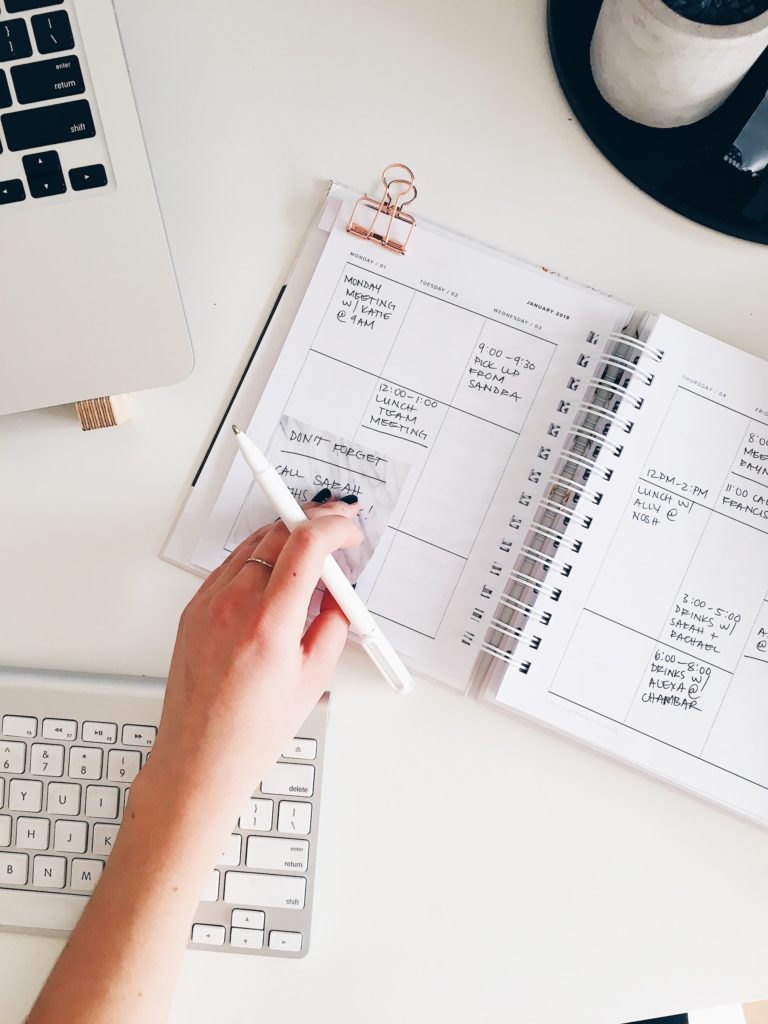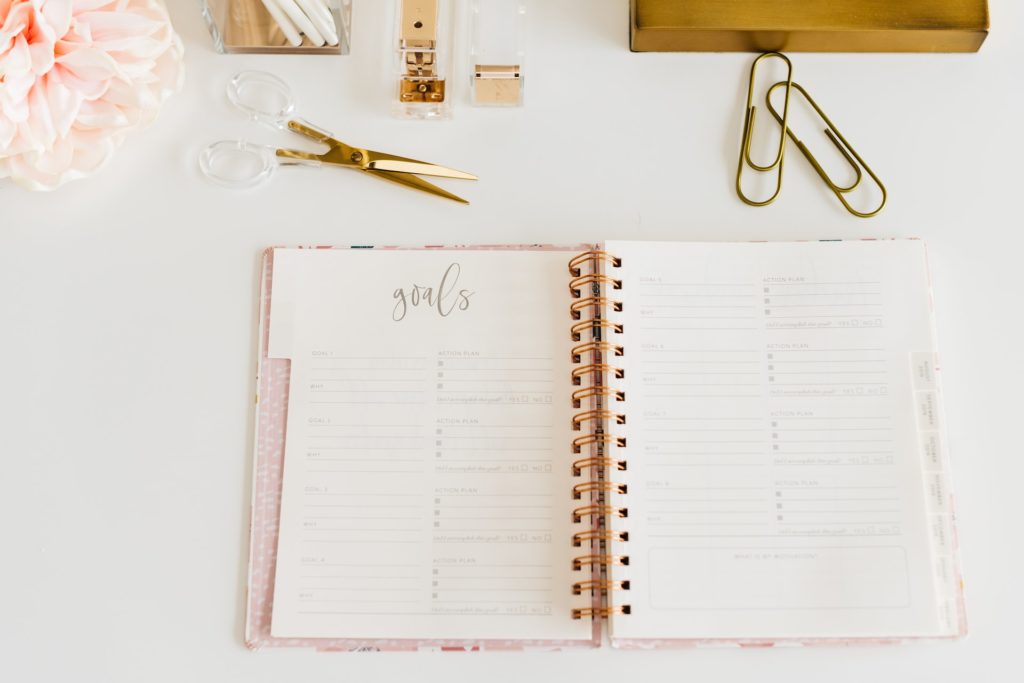Boundaries are good. They inform people what will happen if they cross a line, whether it is a physical, virtual, or psychological one. That’s all a boundary really is. It’s simply the border. It’s a line drawn in the sand that lets people know exactly what is expected of them and what they’ll receive if they cross that line. We looked at signs that you need better boundaries. If you want a better relationship with yourself and healthier relationships with others, here are 7 simple tips you can use for setting healthy boundaries right now.
1 – Become a Better Communicator – You must communicate your needs and feelings, or else how will people know what to expect from you? Communicate your needs with the people important to you, and ask them if there are any borders you’ve been overstepping.
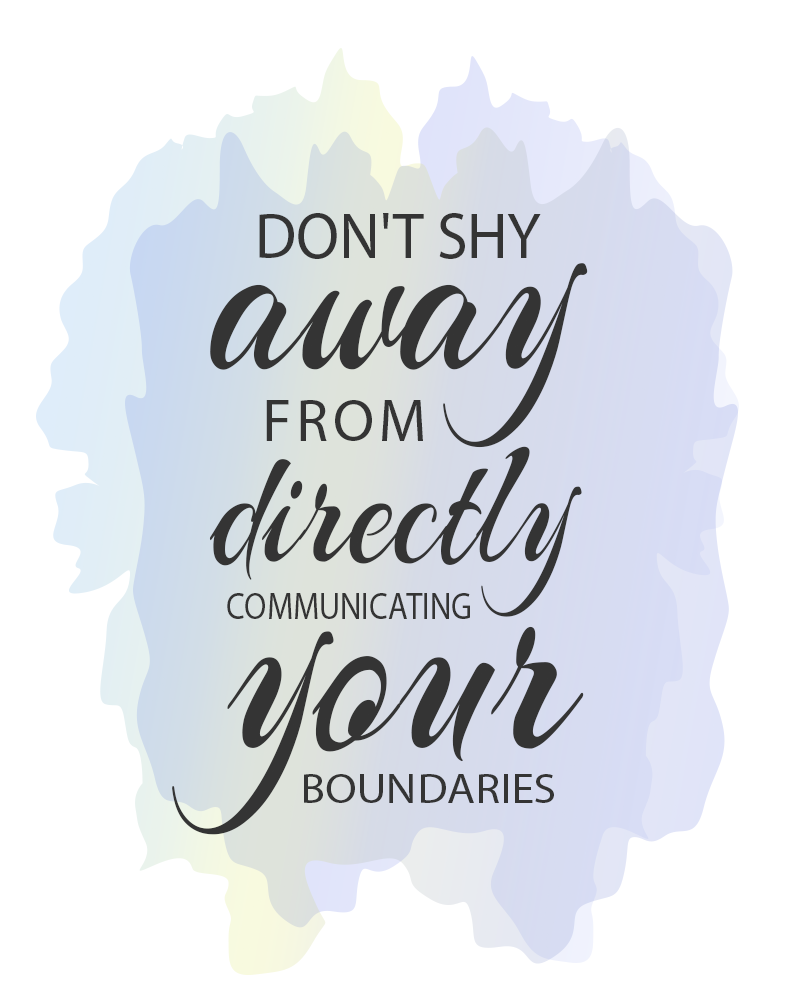
2 – Start off Small – Establishing boundaries is about making change. Either you’re creating new limits you haven’t imposed before, or tweaking current boundaries. Either way, those changes can be difficult. They can be tough on you and the people in your life.
Begin with small steps, don’t attempt to alter the world in a single day. Then, gradually create additional limits. Make this a habit, and you can progressively take control of your life and grow stronger and healthier relationships.
3 – Set Boundaries for Yourself, Not Just Others – If your life needs improvement, it’s not just others who might be overstepping your borders. You can see a massive improvement in the quality of your life when you respect yourself enough to set boundaries for your own habits, actions, and behaviours.
4 – Prepare Yourself for Pushback – It’s going to happen. There is going to be some resistance to your newly established limits. This is normal. You should expect it to happen.
Incidentally, this also includes objections from you. You may be attempting to establish limits for the behaviour you want to follow. Don’t be surprised if you find yourself stepping over your own boundaries.
5 – Write Them Down – Don’t worry! You’re not writing them down to print them out and hand them to people. Writing them down makes the boundaries important to your subconscious. Read them daily. You might have to tweak them from time to time, and when you do, rewrite them. This is a powerful way to make yourself better at enforcing your boundaries.
6 – Get Some Help – Who do you admire? Maybe you have a friend who always seems calm, cool, and collected. Ask her if she can recommend some boundaries you could benefit from. This could be physical, emotional, at work, or personal life. Ask different people for the different areas if that’s more helpful.
7 – Review Once a Year – You wrote down your boundaries earlier, didn’t you? Great! Review them once a year. People change, and your values might change. This means that it’s a good idea to review and possibly change important boundaries you’ve established.
Start today. Put these 7 simple tips for setting healthy boundaries into practice. You owe it to yourself and the people that are important to you. You’ll find more emotional control and self-respect. The relationships important to you will also become healthier and stronger.

